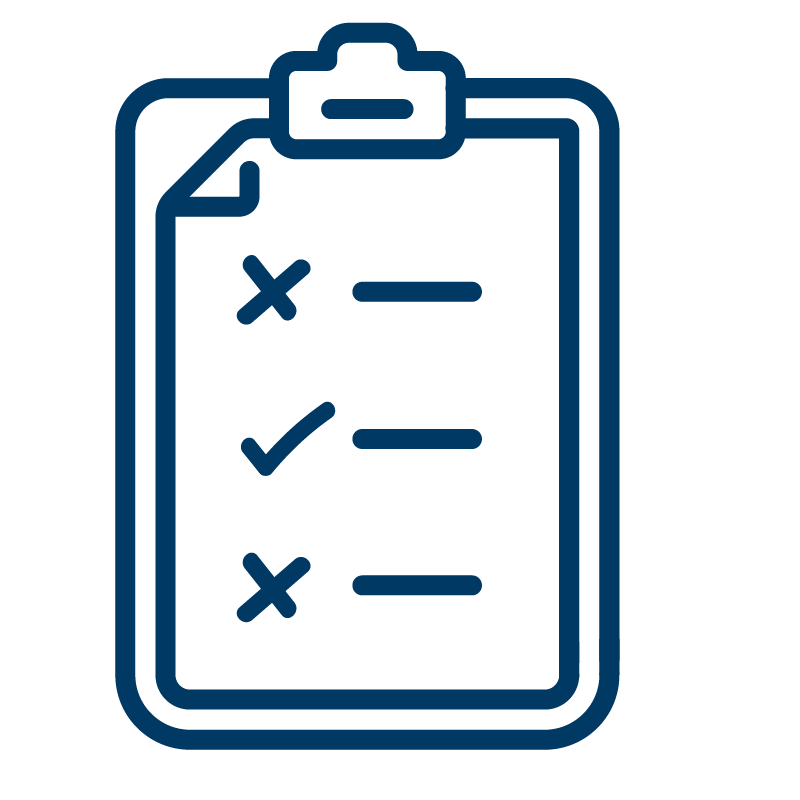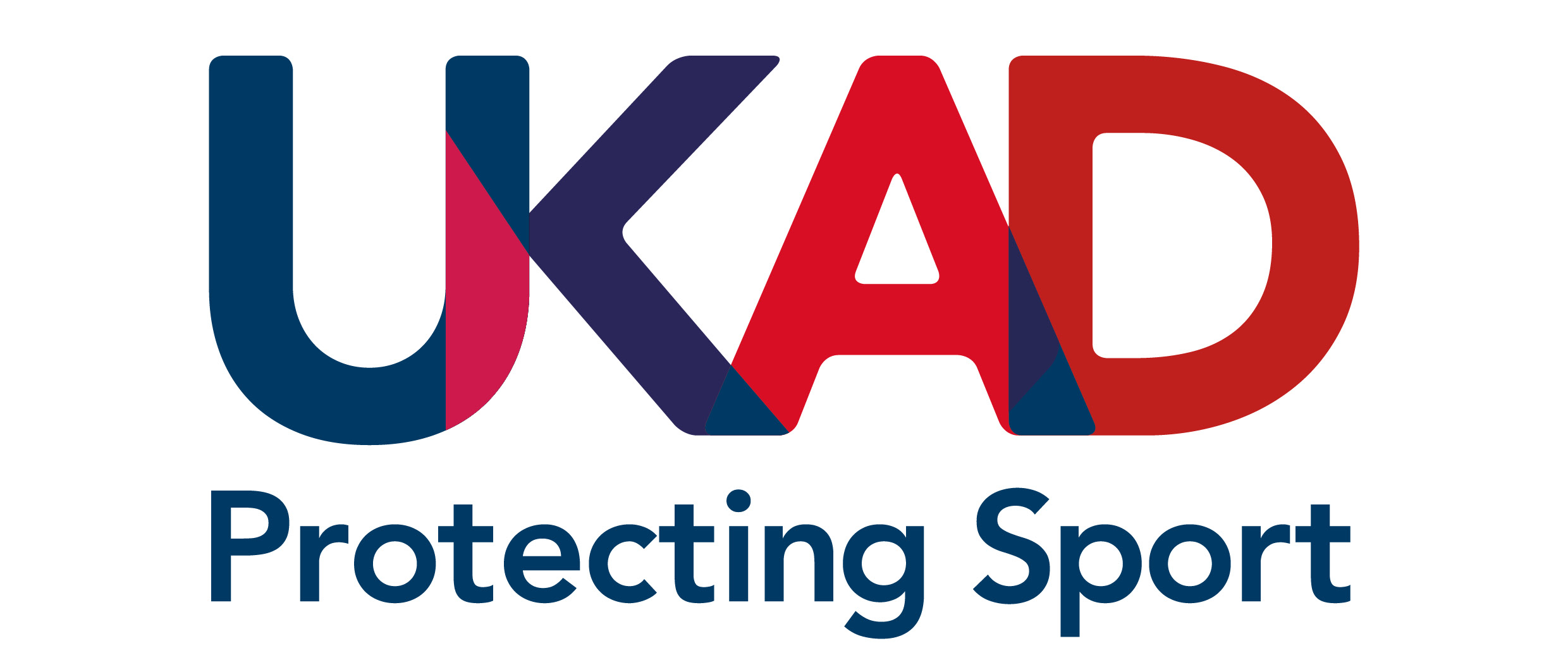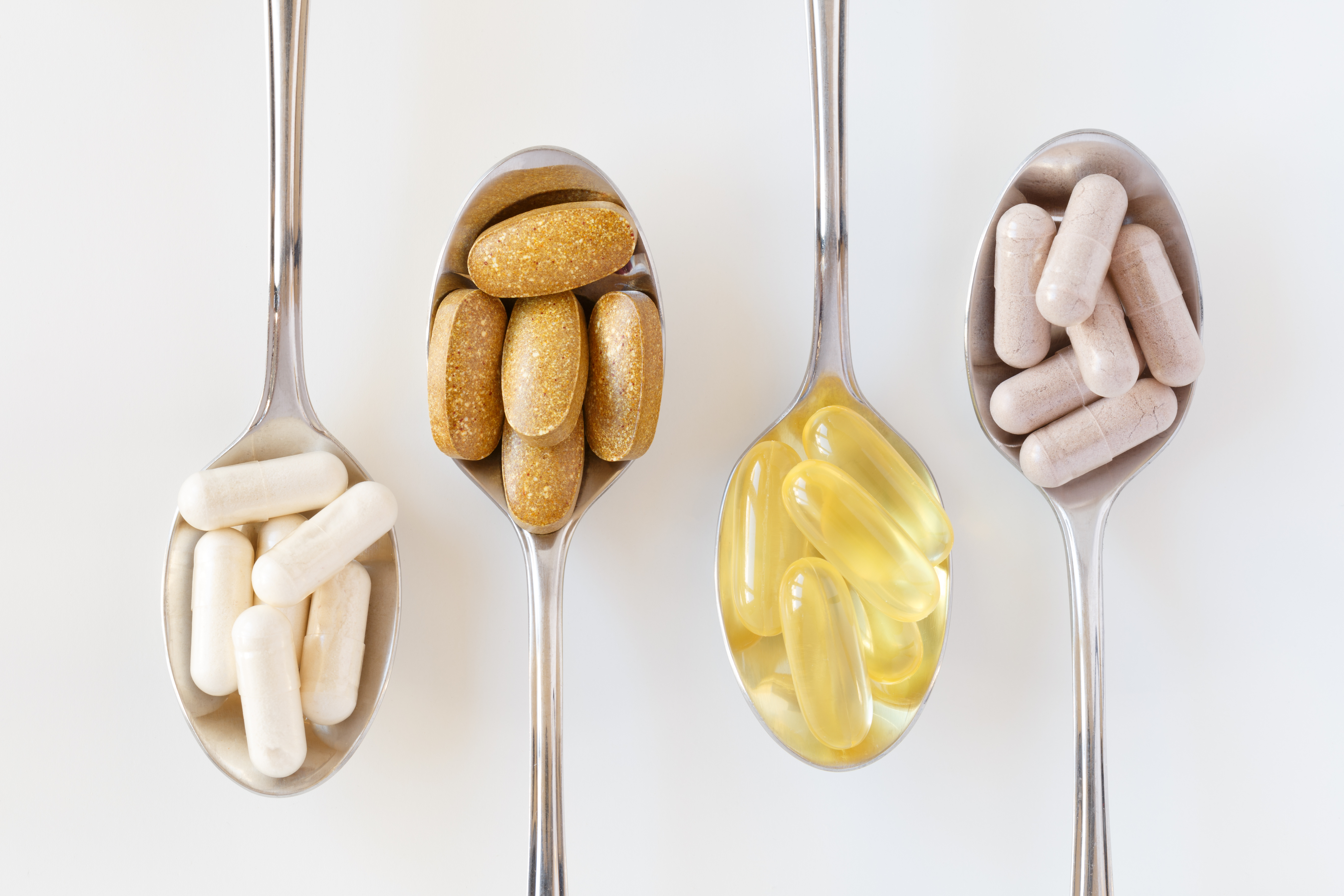What's banned in sport - the Prohibited List
 The Prohibited List sets out the substances and methods prohibited in sport.
The Prohibited List sets out the substances and methods prohibited in sport.
Some substances and methods are prohibited at all times and others are only prohibited in-competition or only prohibited in particular sports.
It does not matter when you take a substance, if it is prohibited in-competition and it is found in your system you may face a ban.
Discover more about the 2025 Prohibited List.
The facts - what you need to know about the Prohibited List
- The Prohibited List is managed and coordinated by the World Anti-Doping Agency (WADA). The List is updated each year, coming into effect on 1 January. It is possible for WADA to make changes to the List more than once a year, but they must communicate any changes three months before they come into effect.
- The list is divided into substances that are:
- prohibited at all times
- those prohibited during the in-competition period only (often the period commencing 11.59pm on the day before a competition, through to the end of the competition and any sample collection process)
- those prohibited only within particular sports
- Examples of substances prohibited at all times would include (but are not limited to): anabolic agents, peptide hormones, and diuretics and masking agents
- Examples of substances prohibited only in-competition would include (but are not limited to): cannabinoids, glucocorticoids, narcotics and stimulants
- Also prohibited at all times are methods such as blood transfusion or manipulation, or intravenous infusions in certain situations
- Not all substances are specifically named on the List. The List states that any other substances with a similar chemical structure or similar biological effect(s) are also prohibited even if not specifically named
- Specified substances are those that, if found to be present in an athlete’s bodily sample, may be more likely to have a credible, non-doping explanation
- Non-specified substances are those where there is no non-doping explanation for having these substances in an athlete’s system
What that means for you
You are responsible – ‘strictly liable’ – for anything found in your system, regardless of how it got there or whether there was any intention to cheat.
To receive an Anti-Doping Rule Violation for use or presence of a prohibited substance, it is not necessary to demonstrate intent, fault, negligence or knowing use on your part.
It is not a defence against receiving an Anti-Doping Rule Violation that, for example, a coach or a member of athlete support personnel in your team gave you a substance; or that a prohibited substance was not listed on a product label; or that a prohibited substance or method would not have improved your performance.
Always be wary of substances that may contain similar endings to a named prohibited substance. For example, you will have heard of the prohibited substance Testosterone, so substances ending in ‘one’ are likely to have a similar chemical structure. Make sure you ask if you are unsure about a product, substance or ingredient.
What you should do
- Make sure you receive updates from UK Anti-Doping or your National Governing Body each year on changes to the Prohibited List
- Tell all medical personnel that you need to abide by the Anti-Doping Rules and must not take prohibited substances unless there are no permitted alternatives and a Therapeutic Use Exemption is obtained at the relevant time
- Check all medications before use on Global DRO to see if they contain any prohibited substances
- Download the 100% me Clean Sport App (Apple, Android) and use the medication record function to note all medications you use. You will need to record this information on the Doping Control Form if you are tested
Where to go for further advice
If you need any advice on substances, then contact us at substance@ukad.org.uk.

